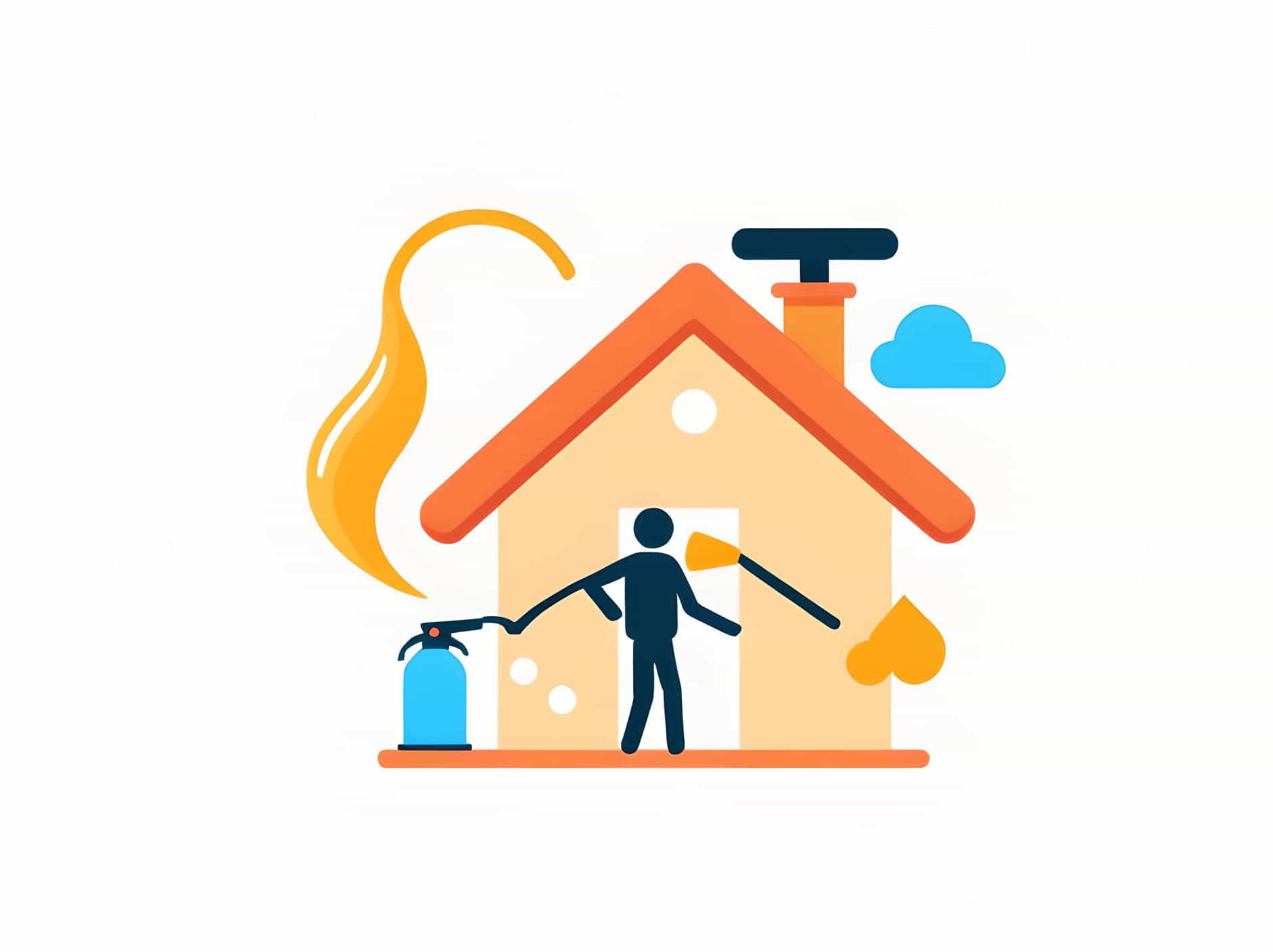
Fumigating a house is a significant task that requires careful planning and execution to ensure effectiveness and safety for everyone involved. Whether you’re dealing with pests like termites, bed bugs, or rodents, or preparing your home for health reasons, understanding what to do before, during, and after fumigation is crucial. Here’s a comprehensive guide on how to prepare and manage fumigation effectively.
Understanding Fumigation
Fumigation involves using toxic gases or chemicals, known as fumigants, to eliminate pests or pathogens from an enclosed space. It’s a highly specialized process usually carried out by licensed professionals due to the potential risks involved. Proper preparation and adherence to safety guidelines are essential to protect human health, pets, and the environment.
Before Fumigation
1. Choose a Licensed Professional:
Hiring a licensed fumigation company ensures compliance with safety standards and regulations. Research local companies, check reviews, and verify credentials before making a decision.
2. Consultation and Inspection:
Schedule a consultation and inspection with the fumigation company. They will assess your home, identify the pest problem, and recommend the appropriate fumigation method and products.
3. Prepare the House:
-
Food and Medications: Remove or properly seal and bag all food items, including pet food, medicines, and cosmetics. Some fumigants can penetrate packaging, so follow specific instructions provided by your fumigation company.
-
Plants and Pets: Remove plants, pets, and other living creatures from the house. Arrange for pets to stay with a friend or family member or board them in a pet care facility.
-
Sealing: Close all windows, doors, vents, and other openings. Seal cracks and crevices to prevent fumigant leakage and ensure the effectiveness of the treatment.
-
Utilities: Turn off gas lines, pilot lights, and electrical appliances as instructed by the fumigation company. They will provide specific guidelines based on the type of fumigant used.
4. Notify Neighbors:
Inform neighbors about the upcoming fumigation, especially if you live in close proximity. This helps them take necessary precautions, such as closing windows and doors to prevent fumigant exposure.
During Fumigation
1. Safety Precautions:
Follow all safety instructions provided by the fumigation company and regulatory authorities:
-
Stay Away: Vacate the premises along with your family and pets. The fumigation crew will post warning signs and secure the area.
-
Duration: The duration of fumigation varies based on the size of the house and the severity of the infestation. Typically, it ranges from several hours to a few days.
-
Monitoring: Licensed professionals will monitor the process to ensure proper distribution and concentration of the fumigant.
After Fumigation
1. Ventilation:
-
Wait for Clearance: Do not re-enter the house until the fumigation company gives clearance. This ensures that the fumigant levels are safe for occupancy.
-
Ventilation: Open windows and doors to air out the house. Use fans to help accelerate the process, especially in rooms where fumigants may have concentrated.
2. Cleaning and Safety Checks:
-
Cleaning: Clean and sanitize surfaces, particularly kitchen countertops and dining areas, before reintroducing food items.
-
Inspection: Conduct a thorough inspection of the house with the fumigation company to ensure the pests have been effectively eliminated.
3. Health and Safety:
-
Health Concerns: Be aware of any residual effects of the fumigant. Follow guidelines provided by the fumigation company regarding health precautions and safe re-entry into treated areas.
-
Pets and Plants: Wait for clearance before reintroducing pets and plants into the house. Follow specific instructions to ensure their safety.
Fumigating a house is a critical step in pest control or sanitation efforts. By understanding the process and following these guidelines, homeowners can ensure the safety and effectiveness of the fumigation process. Always rely on licensed professionals, adhere to safety protocols, and communicate effectively with your fumigation company to achieve optimal results and maintain a healthy living environment.
Implementing these steps ensures that your home is properly prepared, treated, and restored after fumigation, providing peace of mind and safeguarding against future pest issues.